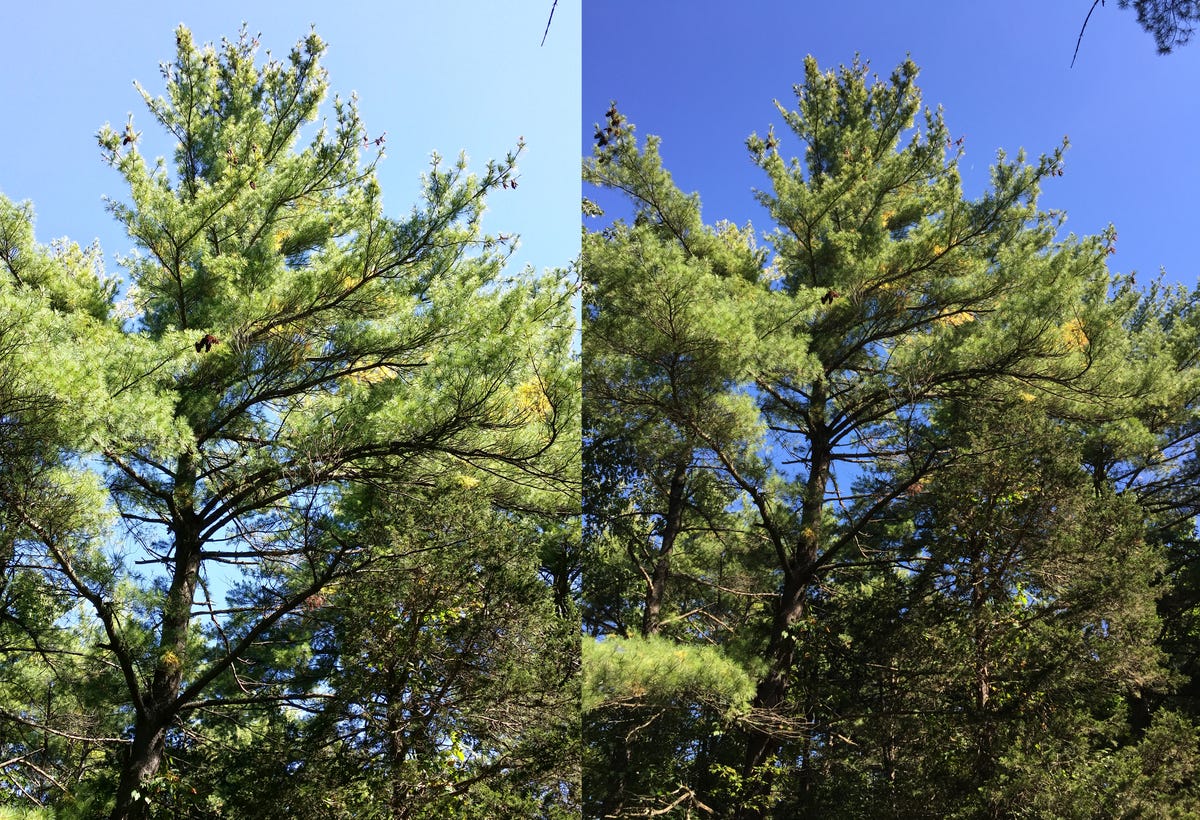
CNET
I’m a long-time user of the Samsung Galaxy Note series, a current owner of a Note 3 — which earlier this year replaced a well-used Note 2. I’m a huge fan of the series, and as I’ve been using one for so long, and since so many are cross-shopping Note versus iPhone 6 Plus , we thought we’d dive a little deeper on the comparison. (And, yes, we’d love to do the same with the Note 4 — when it’s available.)
So far, in this ongoing series of Note vs. iPhone analysis, I’ve talked about general impressions, keyboards, hardware design and, most recently, my unabashed love for widgets. In that last category the Note 3 was the clear winner, with the selection, functionality and physical placement of widgets in Android giving a series of clear advantages.
This time, the table turns.
iPhone 6 Plus vs. Galaxy Note 3: Cameras compared (pictures)






+6 more
In the world of consumer electronics, cameras are perhaps the ultimate example of a situation where specs are nigh-meaningless. The Galaxy Note 3, you see, has a 13-megapixel sensor with backside illumination shooting through an f/2.2 lens. The iPhone 6 Plus, meanwhile, has only 8 megapixels at its disposal, also through an f/2.2 lens.


Tim Stevens/CNET
The iPhone 6 Plus
- iPhone 6: The CNET review
- iPhone 6 Plus: The CNET review
- iPhone 6 Plus versus Samsung Galaxy Note 3
- Why the iPhone 6 Plus can’t replace the iPad Mini yet
Note 3 the winner, then? Not a chance. The camera on the iPhone 6 Plus blows it away. It’s truly an unfair fight. Yes, the photos from the Samsung are of a higher resolution, but they fall short in nearly every other objective and subjective criteria.
Contrast is the most noticeable difference. The Note 3 features an HDR mode, which I enabled, but in every comparison shot you can see that the iPhone provides far more detail in both the bright and dark areas of the image. Colors are richer and saturation is higher on the iPhone, resulting in a far more pleasing image.


Tim Stevens/CNET
In fact, if there’s one flaw in the iPhone it’s that it’s a bit over-saturated at times, giving subjects an occasionally unrealistic hue. However, I’d prefer over-saturation to under-saturation every day of the week, if only because it’s easier to correct with post-processing.
The wider lens helps capture more of a given scene on the iPhone, as you’ll notice, and images are clearly sharper, surely helped by the optical image stabilization. That’s a feature that the Note 4 will bring, as well as a wider f/2.0 lens and an even higher, 16-megapixel sensor. Will those features help narrow the gap? I look forward to finding out, but traditionally the Note has never been a great cameraphone, so my hopes aren’t particularly high.
So, then, a clear win for the iPhone 6 Plus this round. If you’re pondering these two phones and great pictures are a high priority for you, your decision is pretty straightforward.



